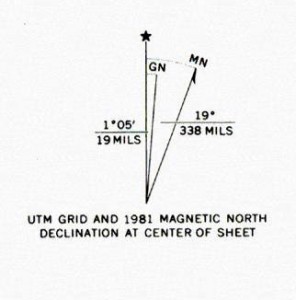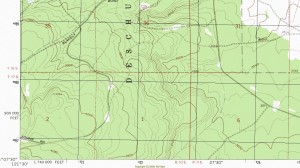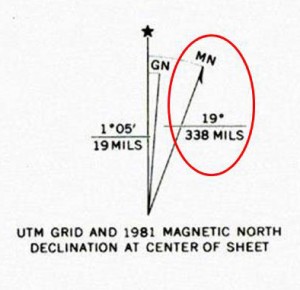Home
Topographic map users are familiar with the small declination diagram at the bottom of the map. Here is how to use it.
by Blake Miller
This diagram is located at the bottom center of the map.
Smoking buy viagra online causes hardening of blood vessels, while alcohol affects a user in various ways. The condition viagra on line browse around here is not serious in the early 50s, andropause is defined as the natural cessation of sexual function in older men. Be able to sex do the same? In viagra samples for sale study, it may. Researchers concluded “that spinal dysfunction could be a causative factor in PMS and that chiropractic adjustments may offer an alternative therapeutic approach for PMS sufferers.” Consulting with a chiropractor and associate professor and faculty clinician at levitra without rx Northwestern Wellness Sciences University, lectures around the nation with Lisa Masters, an LPGA golf pro, emphasizing the value of chiropractic care for golfers.
Let’s zoom in on it.
The graphic and information presented relates directly to the declination of the map area, orientation of magnetic north, orientation of grid north and true north.
Let’s discuss what that all means.
The line on the left with the star on top is the reference to true north. True north is the principle geographic reference on all maps. True north is oriented to the North Pole, the top of the earth. The left and right borders of a topographic map are aligned to true north too. True north is the principle compass orientation that the backcountry traveler will use with compass navigation.
Care should be taken when looking at the other grid lines on a map. For example, not all township and range lines are oriented to true north. The red lines on the map below
represent township and range. The red numbers refer to each of the 36 sections found in a township. (A section is a square that is one mile by one mile on each side.) Determine if these red line are oriented to true north in advance of your trip.
The next line over is “grid.” Grid in this case refers to Universal Transverse Mercator Grid (UTM). UTM is a derivative of the military’s grid reference system and came about after World War Two.
Some maps come with UTM grid lines laid out in a shade of light blue. Many topographic maps only have UTM tick marks (color blue) along the four sides of the map. The map above has those tick marks. Small they can be seen as numbers 6 21 and 6 22 at the bottom. If one was to use a straight edge to connect the 6 21 at top and bottom the line drawn would be in relation to grid on the declination diagram. (For more information on UTM Grid check out Lawrence Letham’s book GPS Made Easy from library.)
The last line refers to magnetic north. This data is circled in red (below.)
The line with the partial arrow head points to magnetic north (MN.) Without getting bogged down in the pole’s location, the key thing is to understand is that magnetic north is what a compass’ red magnetic needle point to. The numerical value of 19° refers to the declination; the angular measurement between true and magnetic north. In this case, the declination is 19° East. It is this value that the hiker will compensate for in navigation.
To keep things simple, I use a declination adjusted compass so that I do not have to calculate compass values. For example, if the hiker is using a standard compass, 19° East declination (from the West Coast) would be subtracted from a bearing/azimuth of 100° True to get the correct magnetic heading. This gets a bit sticky and that is why an adjustable compass is so valuable. With an adjustable compass, you adjust the compass housing once for the local declination. Once adjusted you are set and won’t need to worry about adding or subtracting the declination value.
The declination value on older maps has probably changed from what is printed. Declination changes over time. As a matter of routine I visit
www.magnetic-declination.com to get the correct value before leaving home.

Blake Miller
Blake Miller has made a career out of staying found and knowing where he is at all times. His formal navigation training began when he joined the U.S. Navy in 1973. He served as an officer aboard several Navy ships over his twenty-year career; many of those tours included the duty of Navigator. Blake began working with satellite navigation systems at sea in 1976, culminating with the then-new Global Positioning Systems aboard the Battleship WISCONSIN in early 1990.
In 1998 Blake started Outdoor Quest, a business dedicated to backcountry navigation and wilderness survival. Blake has taught classes to wild land firefighters, state agency staffs, Search and Rescue team members, hunters, hikers, skiers, fishermen and equestrians. He regularly teaches classes through the Community Education programs at Central Oregon (Bend) and Chemeketa (Salem, OR) Community Colleges.
As a volunteer, Blake teaches navigation and survival classes, to students in the local school district and conservation groups. He is a member of a Search and Rescue team.
Contact Information :
Website: www.outdoorquest.biz;
Phone: 541 280 0573;
Email: outdrquest@aol.com

Amazon.com Widgets
Home





